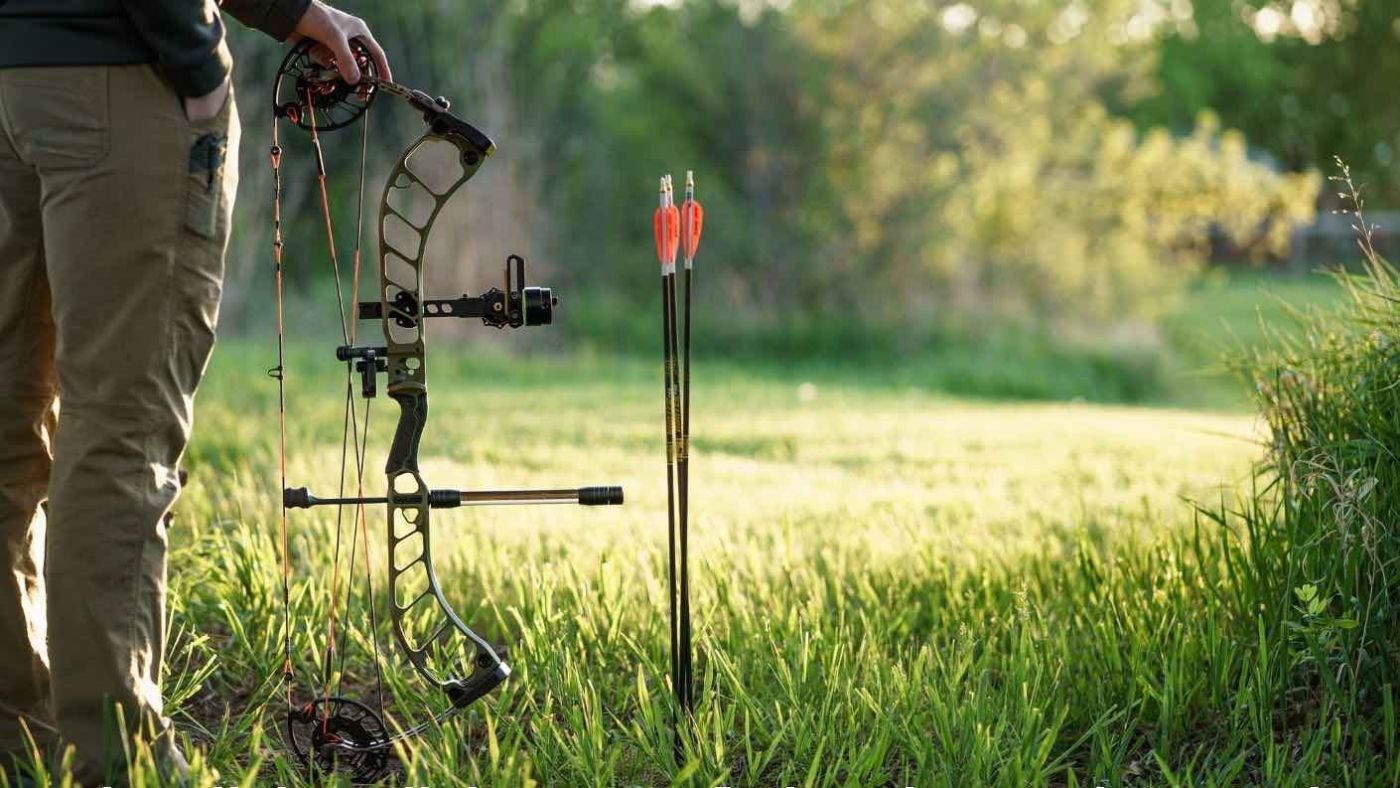Maximize Your Archery Precision With These Bow Stabilizer Techniques
One vital component that can significantly influence your efficiency is the appropriate use of bow stabilizers. Whether you are a seasoned archer looking to improve your skills or a beginner anxious to enhance your precision, understanding these bow stabilizer methods might be the key to hitting your mark with unmatched consistency.
Benefits of Using Bow Stabilizers
Using bow stabilizers can substantially enhance an archer's accuracy and overall performance by reducing bow torque and vibration. Additionally, bow stabilizers moisten resonance, which not just enhances the comfort of shooting however also prevents the bow from leaping upon launch, hence assisting in preserving appropriate aim.
Furthermore, bow stabilizers can help in holding the bow steady, especially during windy problems or when shooting from longer distances. The included weight at the front of the bow provides stability and equilibrium, allowing the archer to concentrate on intending without the distraction of bow motion. Overall, the benefits of using bow stabilizers prolong past simply precision, improving the archer's experience and efficiency in numerous shooting scenarios.
Choosing the Right Bow Stabilizer
Picking the proper bow stabilizer is crucial for optimizing your archery tools and improving shooting efficiency. Larger stabilizers can assist decrease bow torque and take in more resonance, leading to a steadier objective.

Last but not least, think about the layout of the stabilizer. Some stabilizers include adjustable weights or dampeners that allow you to customize the equilibrium and feel of your bow. Inevitably, selecting the appropriate bow stabilizer includes locating an equilibrium in between weight, layout, length, and product to enhance your shooting precision and general efficiency.
Proper Setup Methods
To guarantee optimum performance and safety in archery, grasping proper installment strategies for your bow stabilizer is crucial. The primary step in mounting a bow stabilizer is to identify the right placement on your bow. A lot of stabilizers are connected to the front of the riser, below the hold, to help counterbalance the weight of accessories such as sights and quivers. Make sure that the stabilizer is not conflicting with various other parts or preventing your shooting kind.
Next, firmly attach the stabilizer to the bow utilizing the suitable installing hardware. It is critical to tighten up the stabilizer comfortably to avoid any type of wobbling during shots. Some stabilizers feature adjustable weights that can be added or removed to adjust the equilibrium of your bow. Experiment with various weight arrangements to locate the ideal equilibrium that fits your shooting style.

Adjusting Stabilizer Weight and Size
After guaranteeing the appropriate installation of your bow stabilizer, the next step involves changing the weight and length to maximize its performance in boosting archery accuracy. The weight of the stabilizer plays a critical function in decreasing bow motion during the shot cycle.
A longer stabilizer can provide greater security by increasing the distance in between the bow and the weight at the end of the stabilizer. Alternatively, a much shorter stabilizer uses a lot more maneuverability and might be chosen by archers that value agility and quick movements during capturing.
Advanced Stabilizer Tuning Tips
Attaining optimum bow security and precision in archery demands a nuanced technique to advanced stabilizer adjusting. Advanced stabilizer tuning includes fine-tuning different components to boost the bow's equilibrium, lower vibration, and enhance general precision.
One more vital facet of innovative stabilizer adjusting is enhancing the damping buildings of the stabilizer system. Discovering various materials for the stabilizer building, such as carbon fiber or aluminum, can additionally affect the bow's performance by changing its weight distribution and rigidity.
Final Thought
To conclude, optimizing archery precision can be accomplished via the proper option, setup, and change of bow stabilizers. By comprehending the advantages of using stabilizers, picking browse around this site the appropriate one, and tweak its weight and size, archers can enhance their shooting accuracy. Utilizing innovative tuning techniques can further enhance stability and consistency in arrowhead trip. Generally, incorporating bow stabilizers into archery practice can bring about enhanced efficiency and increased accuracy.
Using bow stabilizers can considerably improve an archer's precision and general performance by minimizing bow torque and vibration. Longer stabilizers give greater stability and equilibrium, particularly for long-distance capturing, while much shorter stabilizers supply more convenience and are easier to navigate in limited spaces (bow stabilizer). Carbon fiber stabilizers are lightweight and resilient, while aluminum stabilizers are robust and give outstanding vibration wetting
A longer stabilizer can offer better stability by boosting the distance in between the bow and the weight at the end of the stabilizer.Another essential aspect of sophisticated stabilizer tuning is maximizing the damping residential or commercial properties of the stabilizer system.